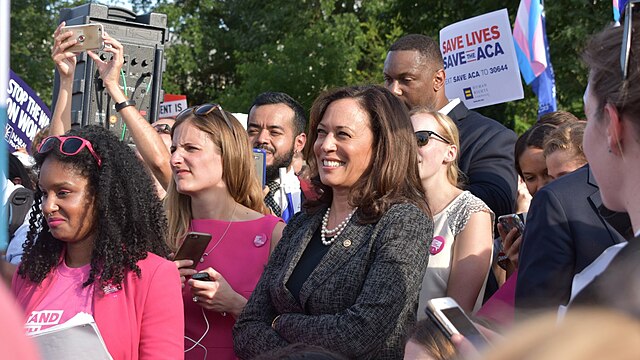Kony 2012 first came to us in a slick, shiny package with a seemingly innocuous message. In the two weeks since, the movement has been torn up and discredited due to a vocal opposition critical of the campaign’s merits and validity.
However, if we could set aside the more ethical questions of right or wrong for a moment, we would recognize what Kony 2012 did accomplish: the campaign took an underground cause, years in the making, and then suddenly added millions of followers in the span of a couple days.
Having no real historic parallel, it prompts the question — how did they do it?
Foremost, the organizers of the Kony 2012 campaign had a unique and important understanding of social networking. The campaign began with a simple March 5 post on Invisible Children’s Twitter account: “T-minus 100 minutes until #Kony 2012 premiers online … Are you ready?”
Invisible Children benefited from the fact that it had a simple yet endorsable message, to watch their video and stop Kony. The campaign used this message and managed to get people with influence, like celebrities, involved. These people could share and broadcast Kony 2012 faster than Invisible Children could by itself. However, it was not through traditional methods like contacting agents and gaining celebrities’ endorsement that way. Rather, Invisible Children prompted the individuals to promote the video themselves — by pounding their Twitter accounts.
“Thanks tweeps for sending me info about ending #LRAviolence. I am aware. Have supported with $’s and voice and will not stop.#Kony2012,” read a post from Oprah Winfrey’s Twitter account on March 6. Winfrey, according to The New York Times, was one of the first of later numerous celebrities who used their networks to promote the Kony 2012 cause.
In fact, according to research done by Isaac Hepworth, a Twitter employee, while there had barely been any mention above normal about Kony leading up to March 5, by March 8 the number of Tweets with “Kony” or “#StopKony” had exploded to nearly 10 million posts. All this translated into activity on Facebook as well. By heading straight to social networking, Kony 2012 was accomplishing something spectacular.
On March 8, even President Barack Obama applauded the video, with White House Press Secretary Jay Carney saying that the President “‘congratulates the hundreds of thousands of Americans who have mobilized to respond to this unique crisis’ … I think this viral video is part of that response.”
The idea that the fastest-spreading viral sensation in the history of the Internet is not about a laughing toddler or a talented singer on a reality competition show, but rather about one man’s quest to spread awareness and stop criminal Joseph Kony, is impressive and unexpected. Virtually nobody knew about or had an opinion about Kony before this video. It came out of nowhere — that’s what makes it inherently different from the social networking of, say, the 2008 Obama presidential campaign, which would have received the attention and effort anyways because it was a presidential campaign. This was a special interest cause promoted by some particularly clever lobbyists.
However, Invisible Children discovered head-on the cynicism and problem of social networking: once you let an idea out, it’s no longer yours to control. Red flags such as the organization’s use of funds and the damning allegations that Kony is neither in Uganda nor as much as a threat as claimed have diminished Kony 2012 to a campaign that, at best, intended good but nonetheless had badly misguided means. Clearly, Kony 2012 has not aged well.
Still, the video’s influence is clear. President Obama recently came out with a 17-minute reelection video on the Internet entitled “The Road We’ve Traveled,” directed by Davis Guggenheim, the director of the well-known global warming documentary “An Inconvenient Truth.” While the timing with Kony 2012 is mostly coincidental, it is already being judged in light of the Kony 2012 campaign.
Regardless of how the effort ultimately pans out for Invisible Children, remember Kony 2012 as an historic use of social networking.





